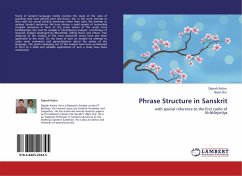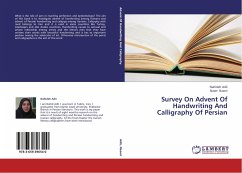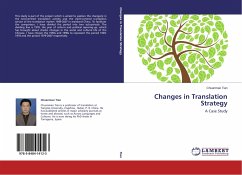Study of Sanskrit language mostly involves the study of the rules of grammar that have already been laid down. We, in this work attempt to start with the actual Sanskrit sentences rather than rules. We attempt to analyze Sanskrit sentences. We have chosen a small sample of reasonably complex sentences in form of the prose orders of the verses from Kir t rjun ya. Our tool for analysis is Constituency analysis, a technique of linguistic analysis developed by Bloomfield, Zelling Harris and others. Tree diagrams of the analysis of the most important verses have also been appended to the work. On the bases of such an analysis we attempt to make some comments and generalizations about the syntax of the language. The points emerging out of this analysis have been summarized in form of a table and possible applications of such a study have been mentioned.







